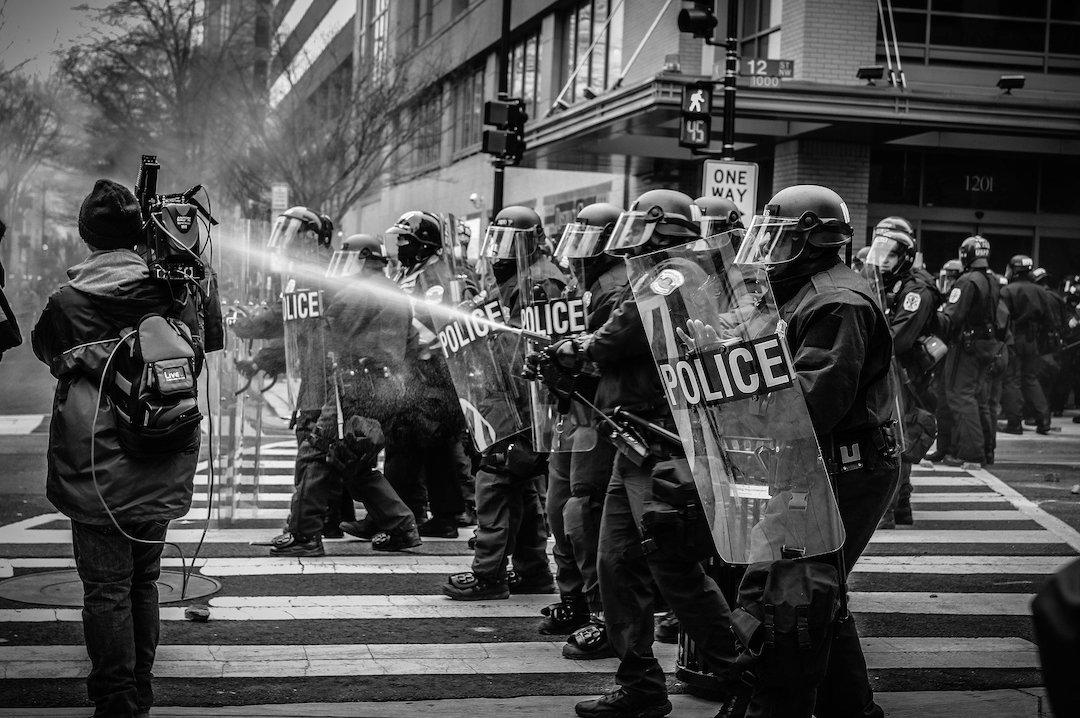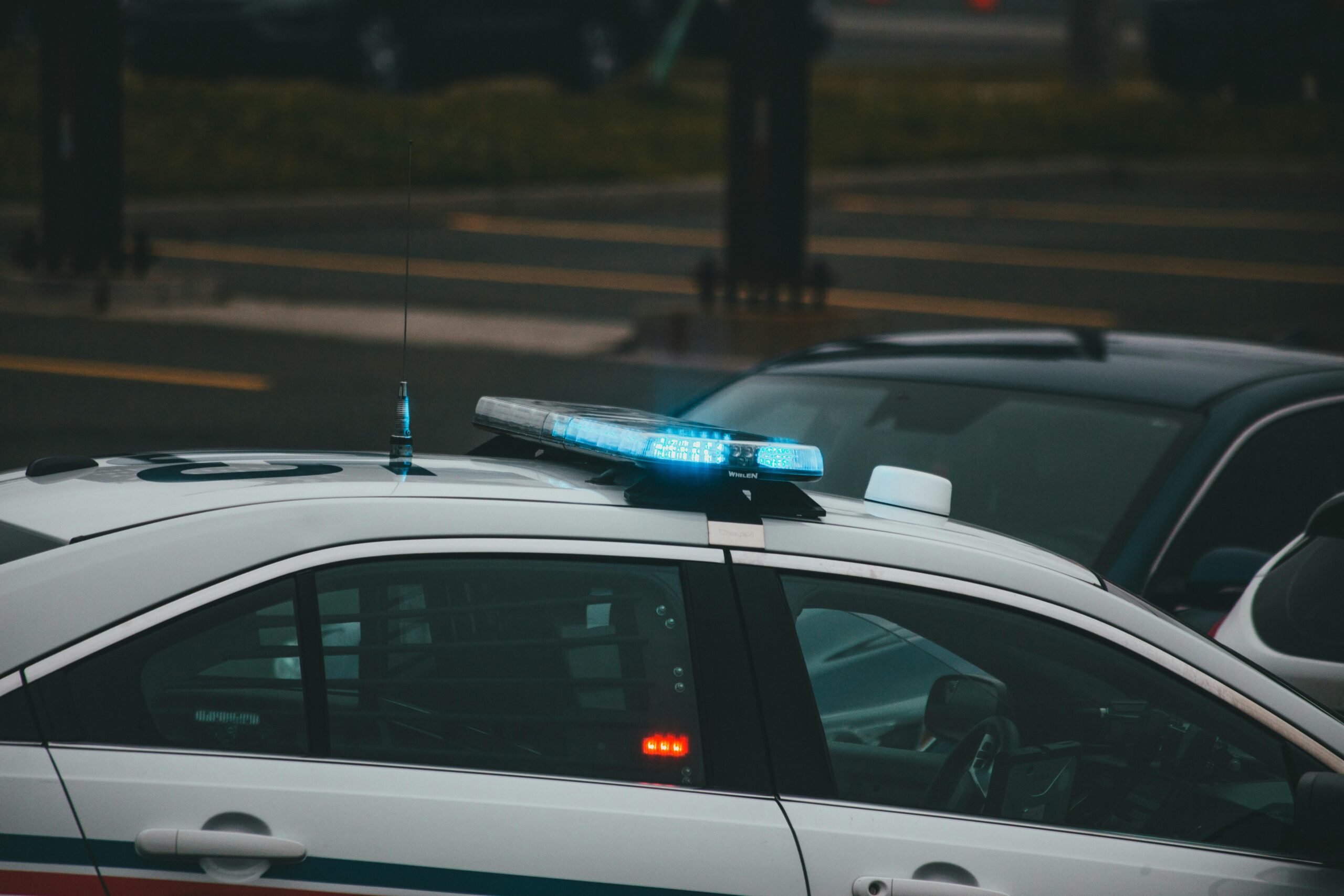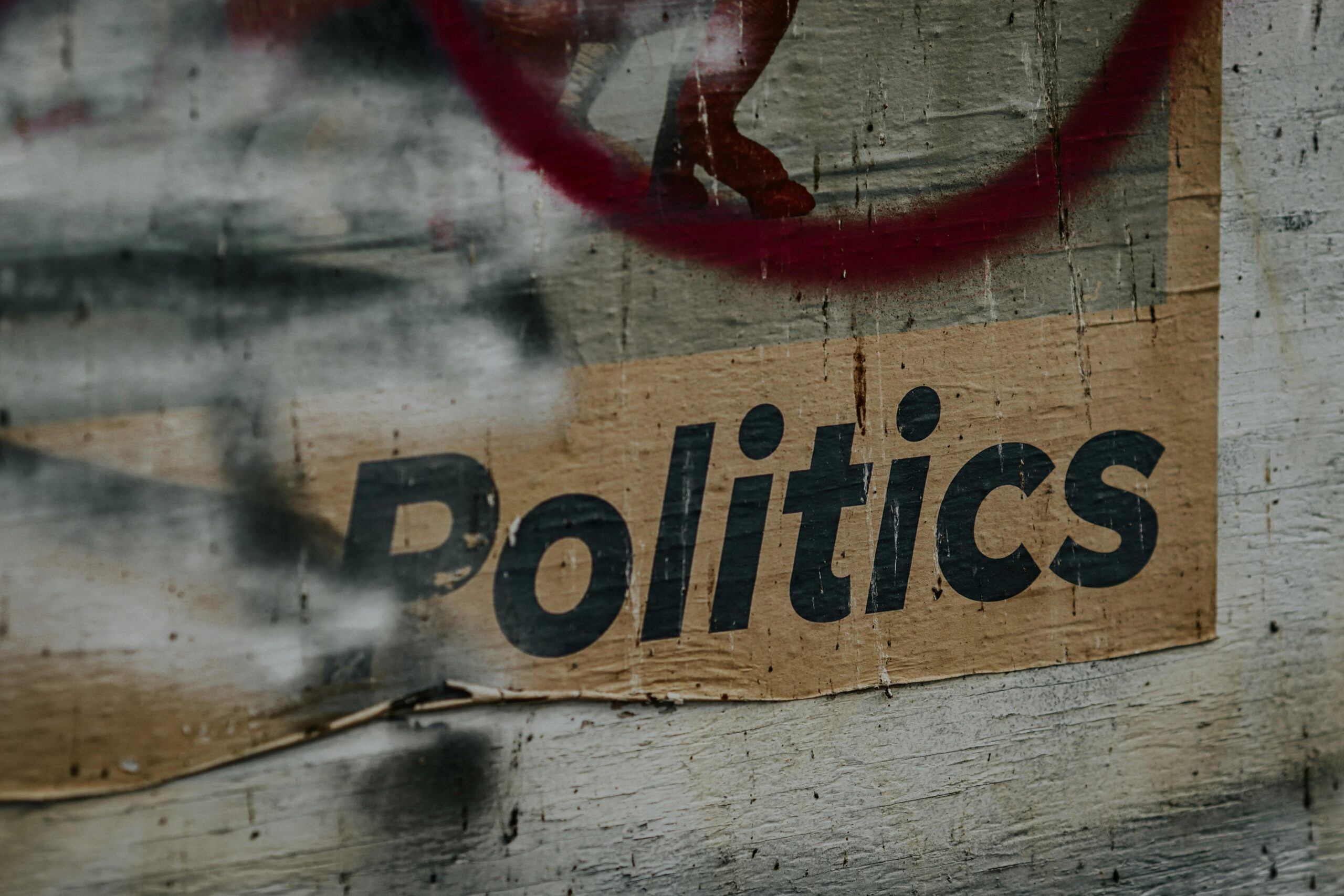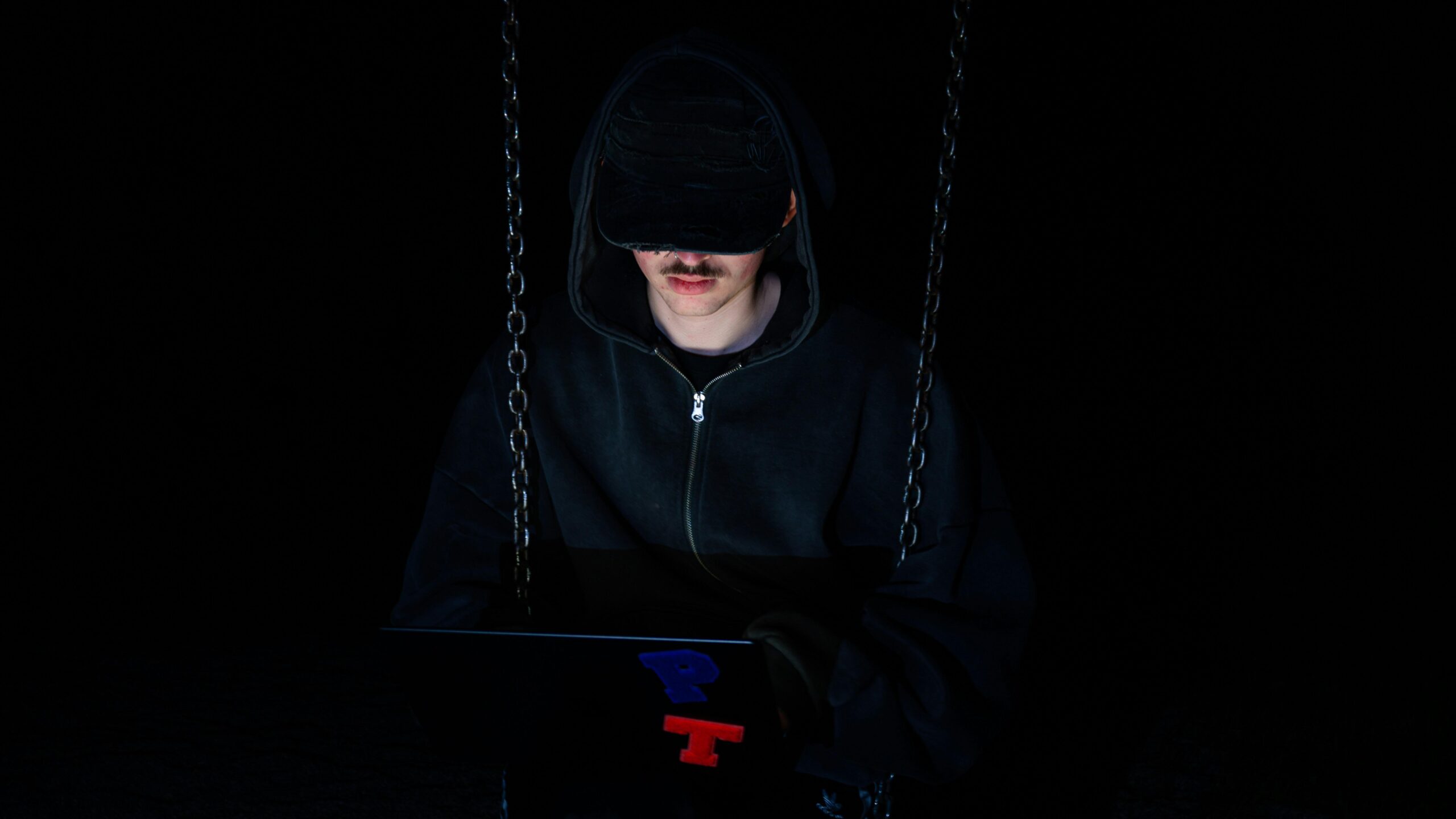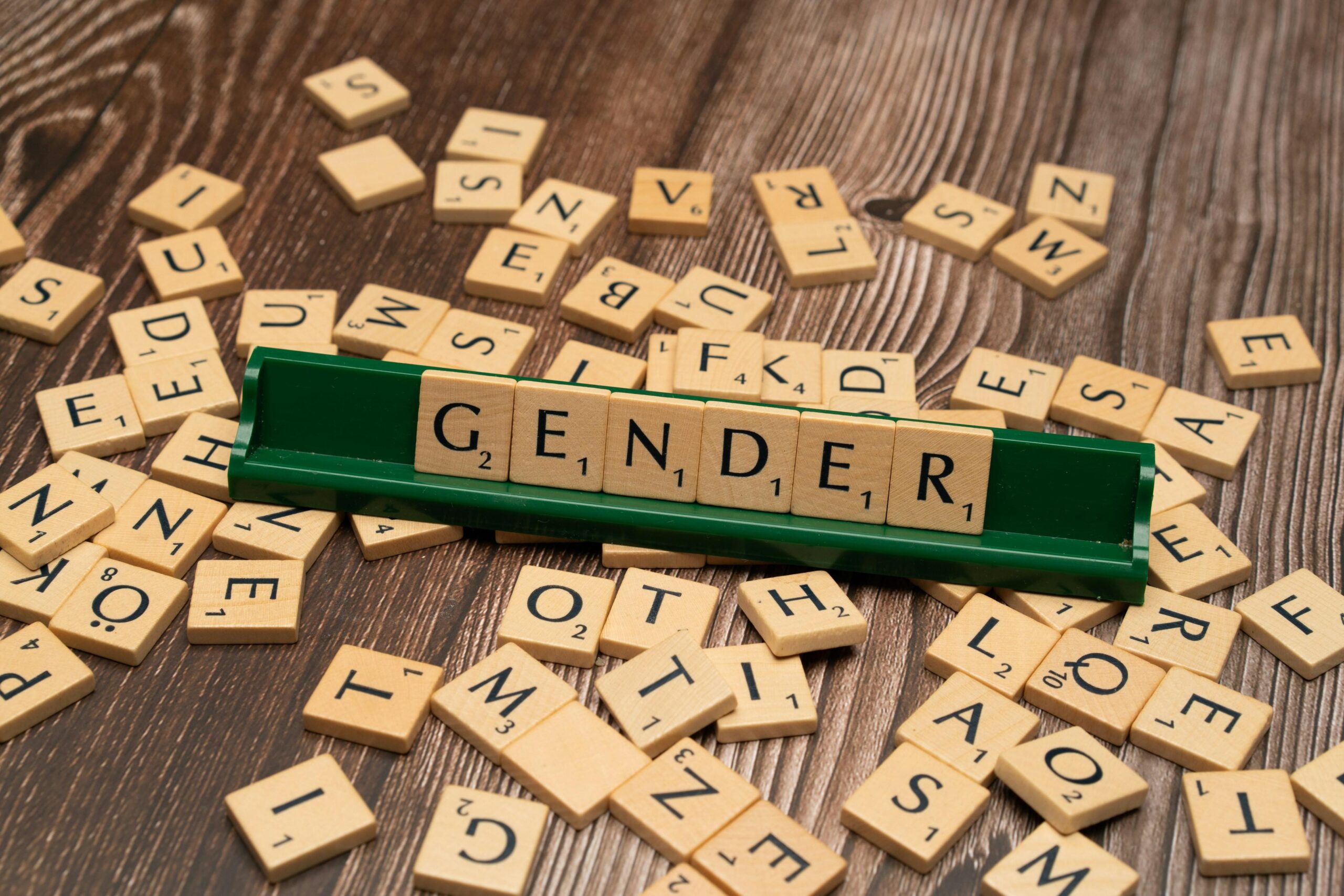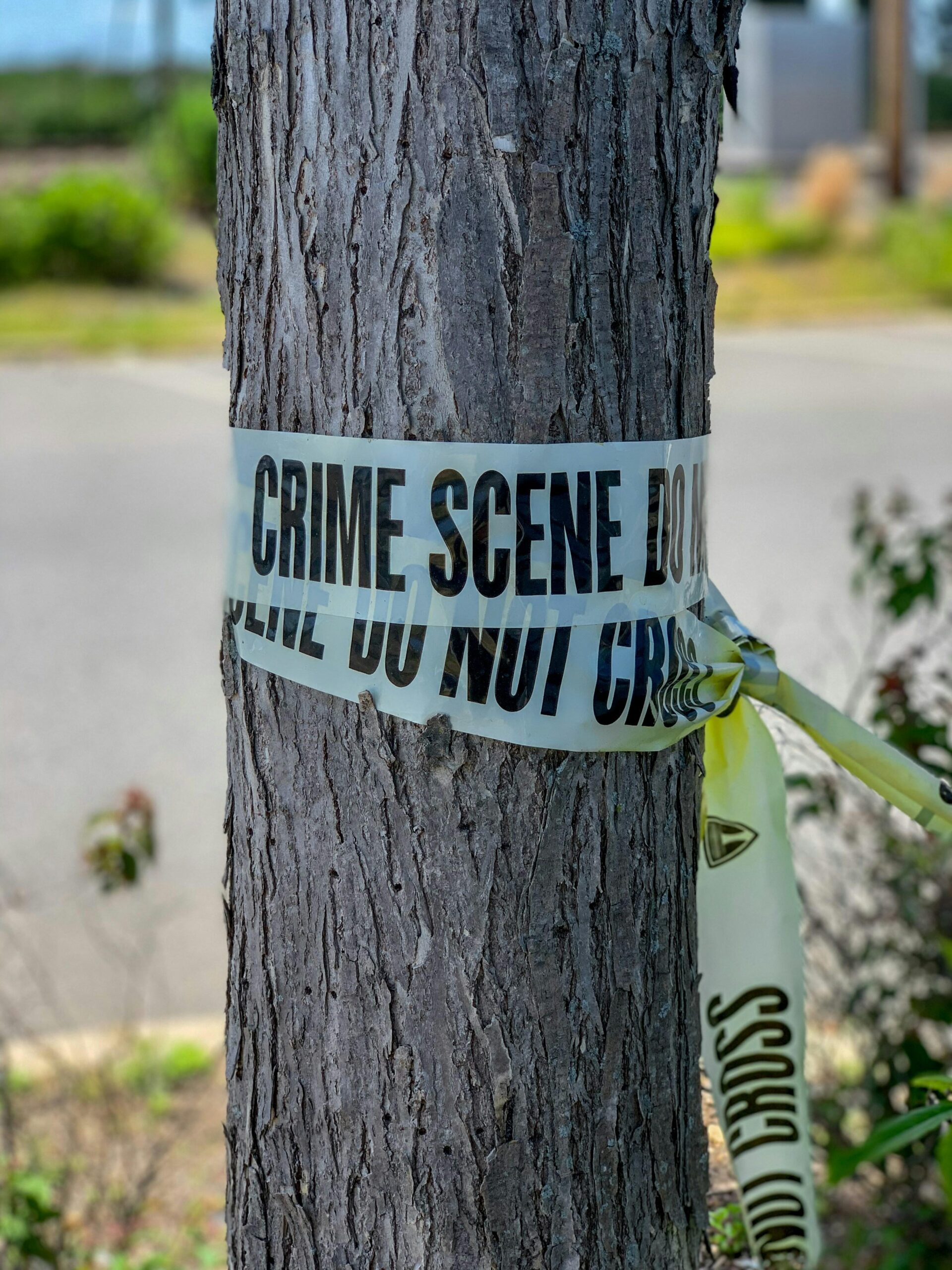In a world where headlines often spotlight tense encounters between law enforcement and the public, the question of when police use of force is truly justified has never felt more urgent. What factors determine whether an officer’s actions cross a line or uphold the law? How do policies, training, and split-second decisions come into play? Join me as we dive into the complex facts behind police use of force, unraveling the nuances that help us better understand this critical and often misunderstood aspect of law enforcement.
Table of Contents
- Understanding the Legal Framework Behind Police Use of Force
- Examining Real Life Scenarios Where Force Was Deemed Necessary
- The Role of Training and De-escalation Techniques in Reducing Force
- Key Recommendations for Ensuring Accountability and Protecting Rights
- The Conclusion
Understanding the Legal Framework Behind Police Use of Force
When examining the boundaries of police authority, the legal parameters that govern use of force are intricate yet fundamental. Laws across various jurisdictions emphasize that any application of force must be both necessary and proportional to the threat encountered. Officers are trained to evaluate situations dynamically, considering factors like the immediacy of danger, the suspect’s behavior, and available alternatives. This framework aims to balance law enforcement objectives with citizens’ constitutional rights, often rooted in landmark court rulings and legislative acts designed to protect against excessive force.
Key components shaping this legal landscape include:
- Reasonableness standard: The use of force must be judged from the perspective of a reasonable officer on the scene, not with hindsight bias.
- Escalation of force: Officers must escalate or de-escalate their response based on the evolving threat level.
- Prohibited actions: Excessive force, torture, or any use of force that violates human rights frameworks is strictly outlawed.
- Accountability mechanisms: Internal reviews, civilian oversight, and judicial scrutiny serve as checks to ensure lawful conduct.
Examining Real Life Scenarios Where Force Was Deemed Necessary
Throughout recent years, several high-profile incidents have sparked heated debate over when the application of police force crosses the line. Yet, there are undeniable situations where officers must quickly assess threats and act decisively to protect lives. For example, when an armed suspect refuses to disarm and poses immediate danger to bystanders or officers, restraint isn’t always a viable option. In such moments, the use of force — though regrettable — can be the only means to restore safety and prevent further harm.
Key elements often observed in justified scenarios include:
- Clear and imminent threat to human life, whether officer or civilian
- Exhaustion of verbal commands or attempts at de-escalation
- A proportional response that matches the level of threat encountered
- Documentation and accountability measures post-incident
These elements provide a framework for understanding why certain uses of force are deemed necessary, serving a greater role in law enforcement’s challenging mission while safeguarding rights and public trust.
The Role of Training and De-escalation Techniques in Reducing Force
In the complex and often unpredictable landscape of law enforcement, training stands as a cornerstone in shaping how officers approach encounters that could escalate to physical confrontations. Comprehensive programs that emphasize de-escalation equip officers with critical skills beyond physical strength or tactical prowess. These techniques focus on communication, empathy, and patience, helping to defuse tensions before situations spiral out of control. Agencies that prioritize ongoing education in these areas report fewer instances of force, highlighting how knowledge and preparation foster safer interactions for all parties involved.
Key components of effective training include:
- Scenario-based practice: Simulated encounters allow officers to rehearse responses in a controlled environment, refining decision-making under stress.
- Cultural competency: Understanding diverse communities enhances trust and reduces potential misunderstandings that can lead to conflict.
- Active listening skills: Officers learn to truly hear and respond to a subject’s concerns, making peaceful resolutions more attainable.
By embracing a philosophy that values de-escalation, law enforcement can transform confrontations into opportunities for dialogue and mutual understanding. This shift not only preserves lives but also strengthens community trust, ultimately redefining what it means to protect and serve in the modern era.
Key Recommendations for Ensuring Accountability and Protecting Rights
Ensuring accountability in police use of force demands transparent mechanisms that hold officers responsible while upholding the rights of all individuals involved. Independent oversight bodies must be empowered to conduct impartial investigations, free from internal biases that can cloud judgment. Additionally, deploying body cameras and other recording technologies serves as a crucial tool—not only documenting encounters but also promoting professionalism by providing an objective view of events. These measures, when combined with clear policies emphasizing de-escalation and minimal force, help cultivate a culture within law enforcement that prioritizes public trust over unchecked authority.
Protecting rights means more than just reactive accountability; it involves proactive steps that embed respect for human dignity into every action. This includes continuous training on cultural sensitivity, conscious bias, and the legal boundaries of force. Communities should be actively engaged through public forums and collaborative decision-making to ensure their voices shape policies. Key steps include:
- Regular audits of use-of-force incidents with public reporting.
- Accessible channels for civilians to file complaints or provide feedback.
- Clear consequences for violations, ensuring accountability is more than symbolic.
By weaving these elements into the fabric of law enforcement, the balance between effective policing and civil liberties becomes not just an ideal, but a tangible reality.
The Conclusion
As we’ve seen, the question of when police use of force is truly justified isn’t a simple one. It sits at the intersection of law, ethics, and the often unpredictable realities officers face in the field. By exploring the facts—and listening to diverse perspectives—we gain a clearer understanding of the delicate balance between maintaining public safety and protecting individual rights. The conversation doesn’t end here; it invites all of us to stay curious, stay informed, and keep asking the tough questions. After all, that’s how progress begins.


